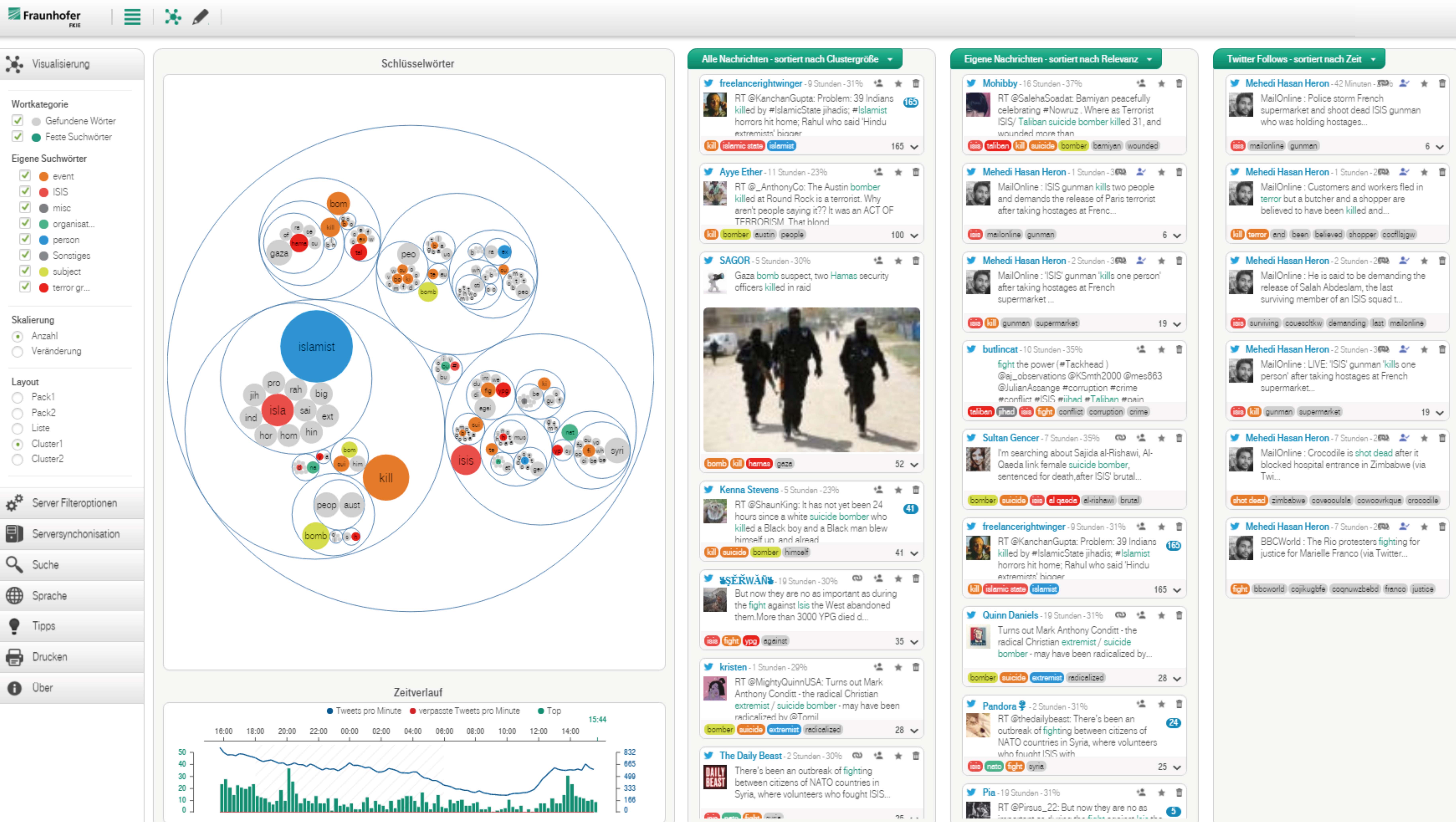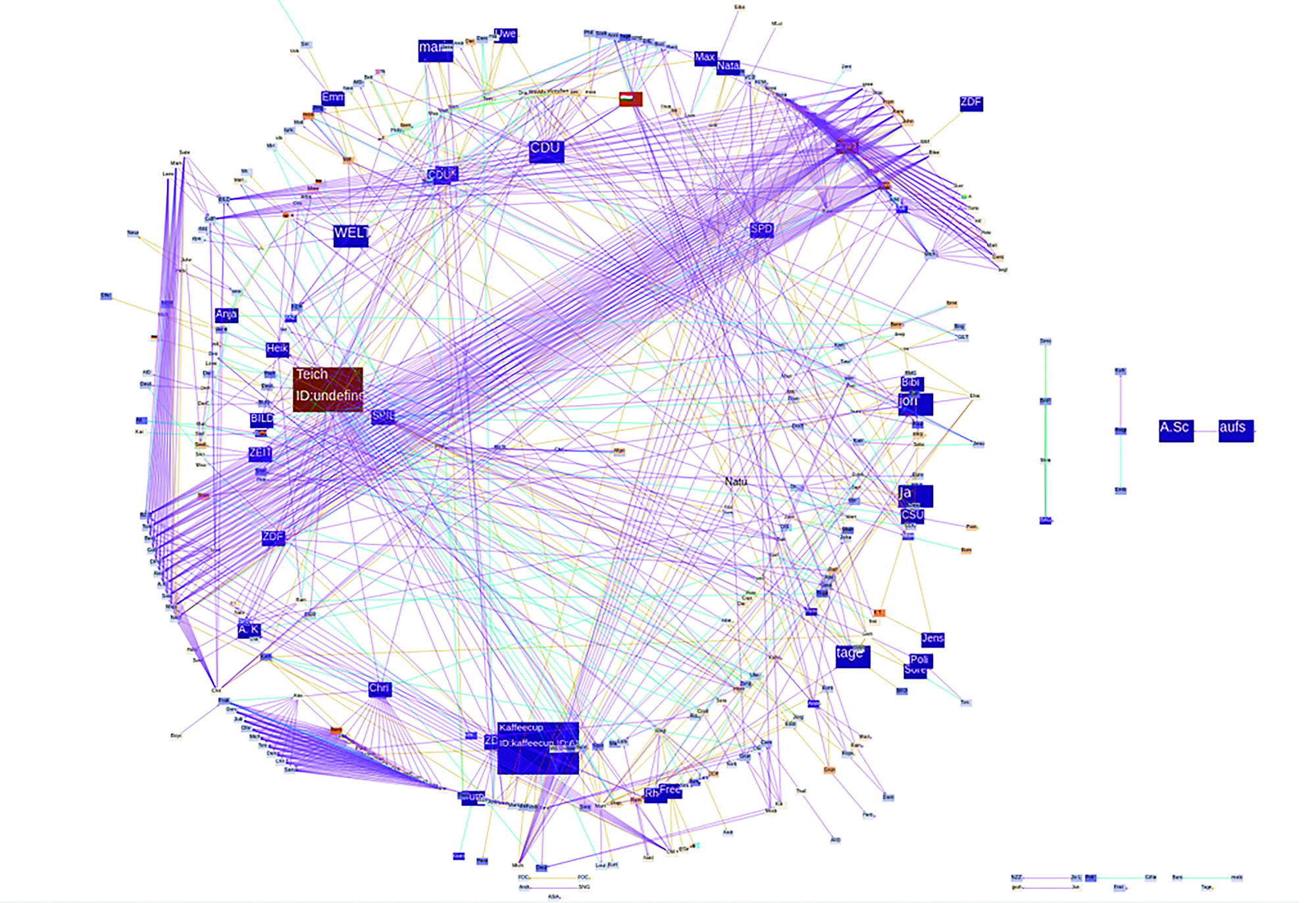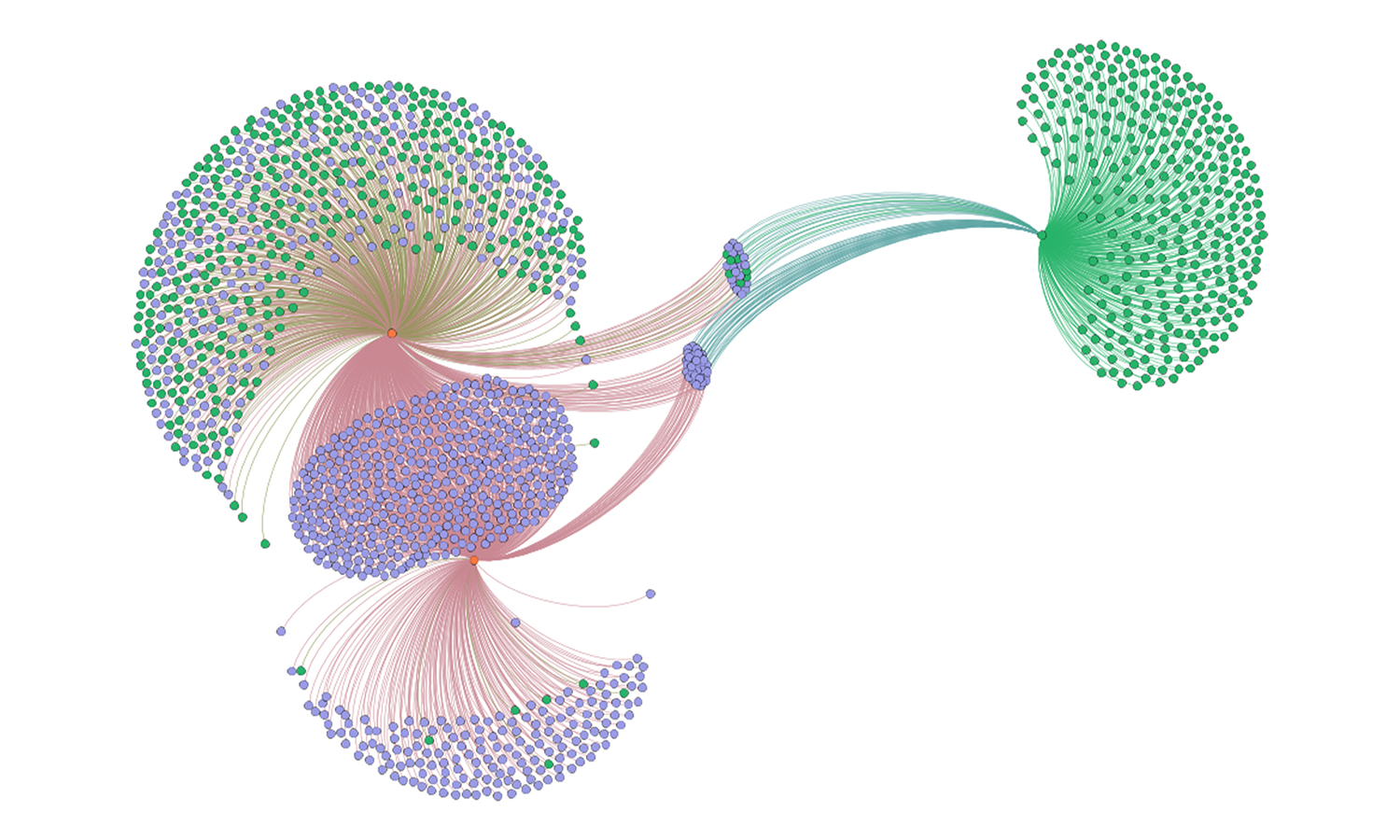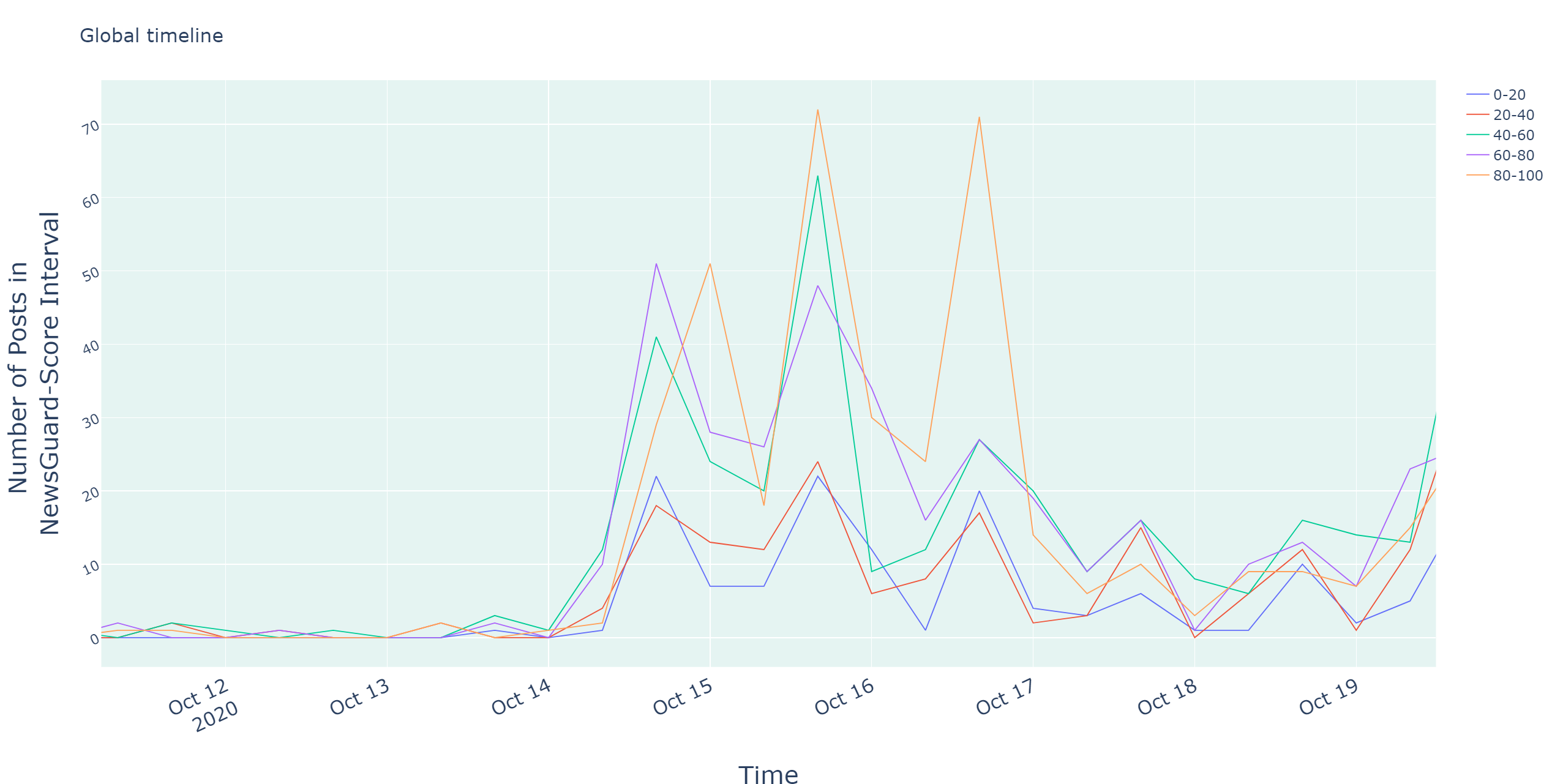Digital media offer numerous benefits. They provide publicly accessible information, are available to everyone and enable an exchange of information and opinions between users. At the same time, however, the flood of information they produce can sow confusion, and opaque algorithms create dissemination dynamics that take on a life of their own. Fraunhofer FKIE has developed NewsHawk®, an automated AI tool that supports social media monitoring.
Social Media Monitoring with AI and Visual Analytics
NewsHawk® – Automated Tool for Monitoring and Analysis of Social Media
Task

Digital media provide countless channels and platforms that offer users access to information. But they are also a place to express opinions and views, which facilitates the spread of disinformation.
Fraunhofer FKIE has developed the NewsHawk tool to help users and analysts find relevant articles on the internet and in social media. Relevant posts can offer information for users, but they can also spead disinformation, which might even be about the user's own institution. NewsHawk is an AI-based monitoring and analysis platform that combines a range of tools. It aggregates posts, processes, categorizes and clusters them for presentation in a display that can be grasped intuitively and uses visual analytics to enable interactive analysis.
Methodology / Approach
Publicly accessible social media posts on platforms such as Twitter provide the raw data for analysis. Many posts contain text and even links. NewsHawk finds and analyzes relevant posts based on text and text-like content plus available metadata.
The search for relevant posts starts with a collection of keywords (or strings). The user compiles them into a list, prioritizes them, and may also link them together. Once found, the posts are stored in a database but are also displayed to users in real time. They are presented in continuously updated widgets, which are prioritized in different ways and can be configured by the user based on a custom tasking.
The database contents are run through a natural language processing (NLP) AI algorithm. This makes it possible to present the data in clusters and categories, based on user preferences. The algorithms can also reconstruct networks that show the people, organizations, places, and so forth, that are mentioned together in a post, or which post authors quote or distribute content from which content creators. It is precisely these interactive networks that allow analysts to gain deeper insights into which post authors could be bots, for instance.
Results / Outlook
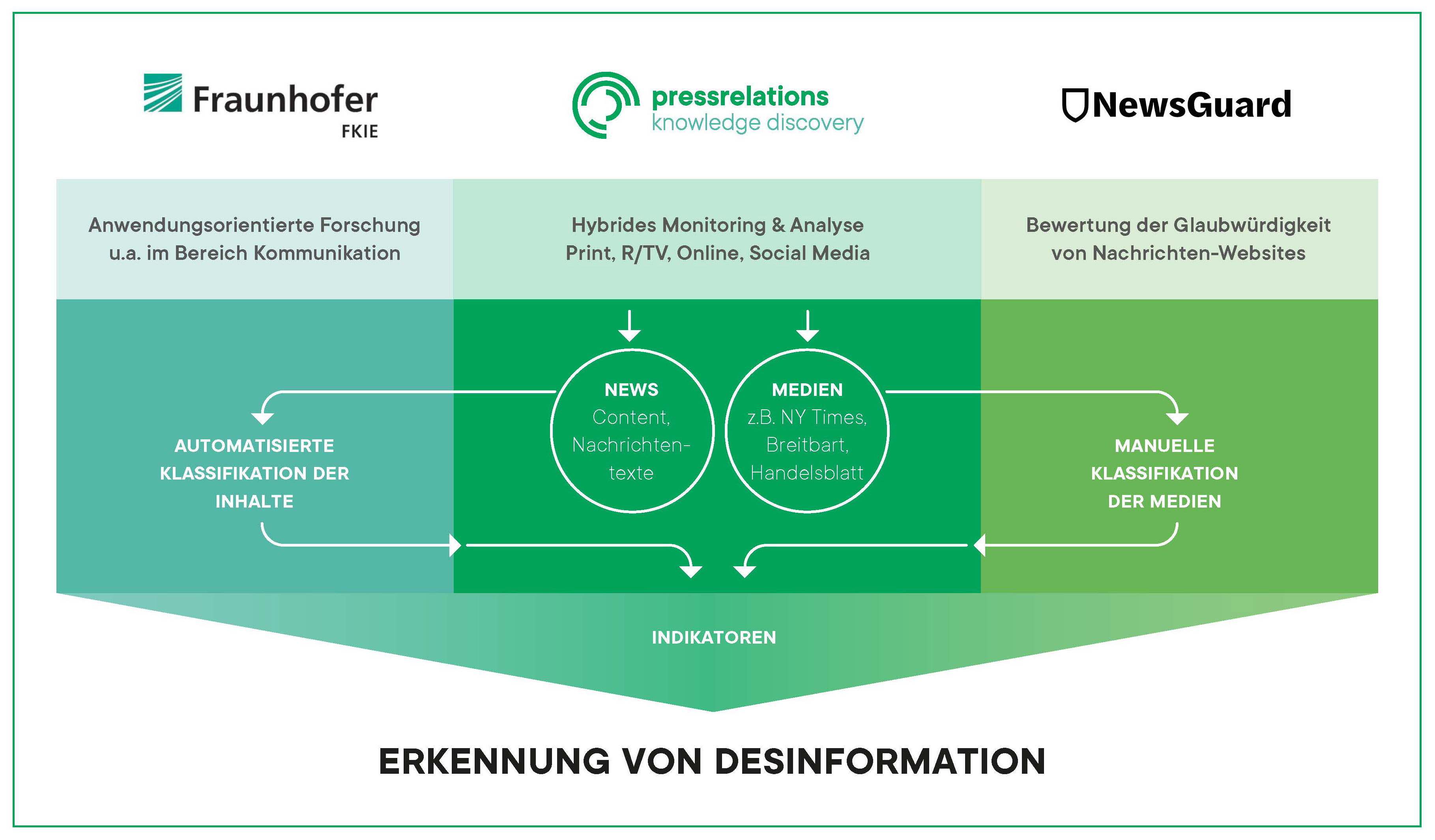
Because it has such a wide range of applications, the German armed forces and government agencies are already using NewsHawk with different focuses. The situation room of the Federal Press Office has already used the platform to monitor media coverage. Companies can use NewsHawk in a similar way to monitor what people are saying or how people are talking about their products on social media, determine which posts are suitable for use in their advertising efforts and identify false claims.
NewsHawk has been a registered trademark since May 3, 2021.
Use Case
Qualitative analysis of media coverage of the 2020 U.S. election campaign
The collaboration with pressrelations, an international media watchdog, and NewsGuard, a company that evaluates news websites, resulted in a special use case. In the collaboration, media coverage of the 2020 U.S. election campaign and of the 2021 German federal election was evaluated. One finding was that Donald Trump owed his media dominance over Joe Biden primarily to the spread of fake news and disinformation and was helped by "non-trustworthy" media. Trustworthiness of the media is determined through analysis and evaluation by NewsGuard. With regard to the German federal election, the collaborators found that fake news only spread when picked up by reputable media, even if the purpose of doing so was to debunk the fake news.
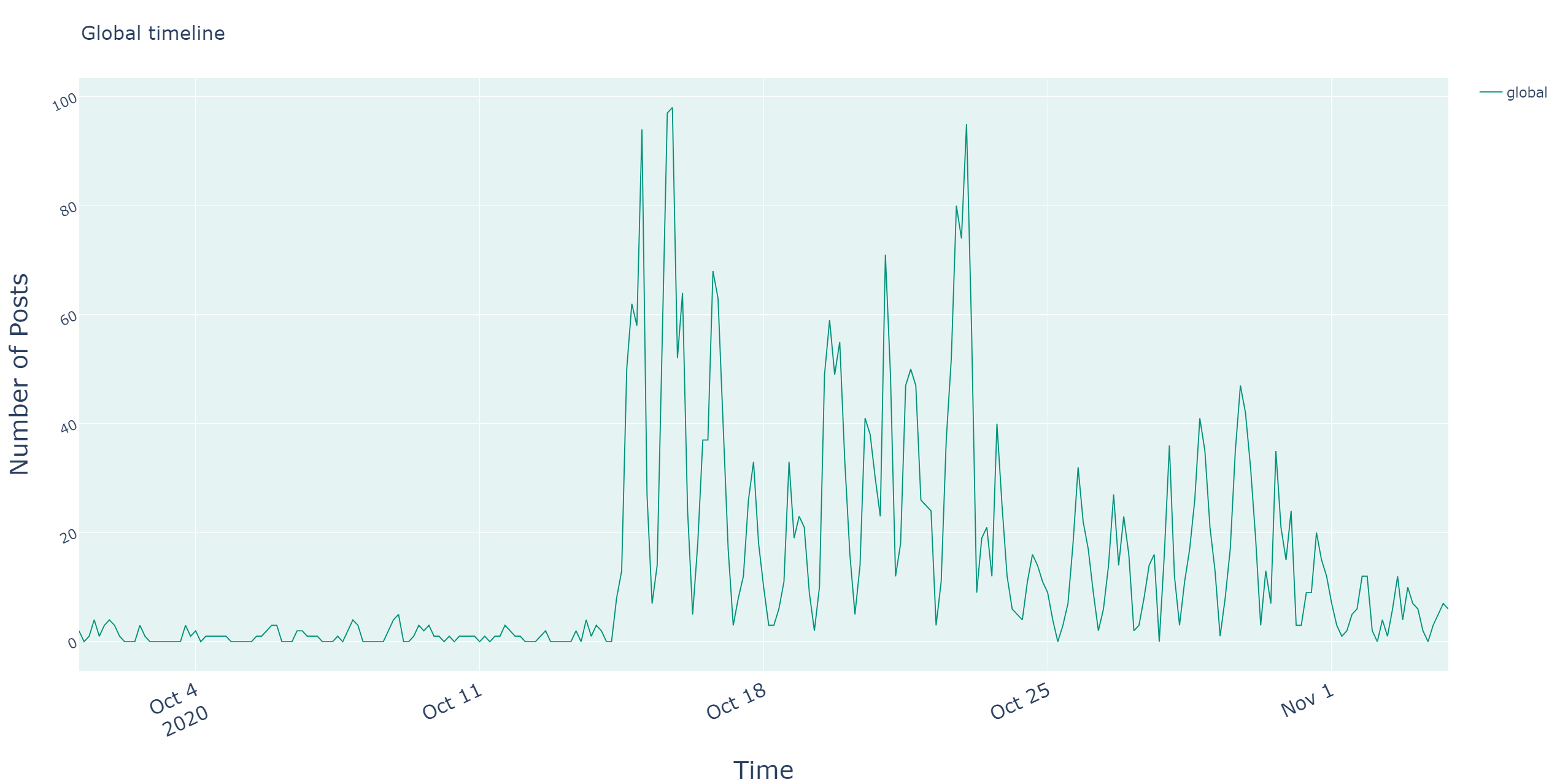
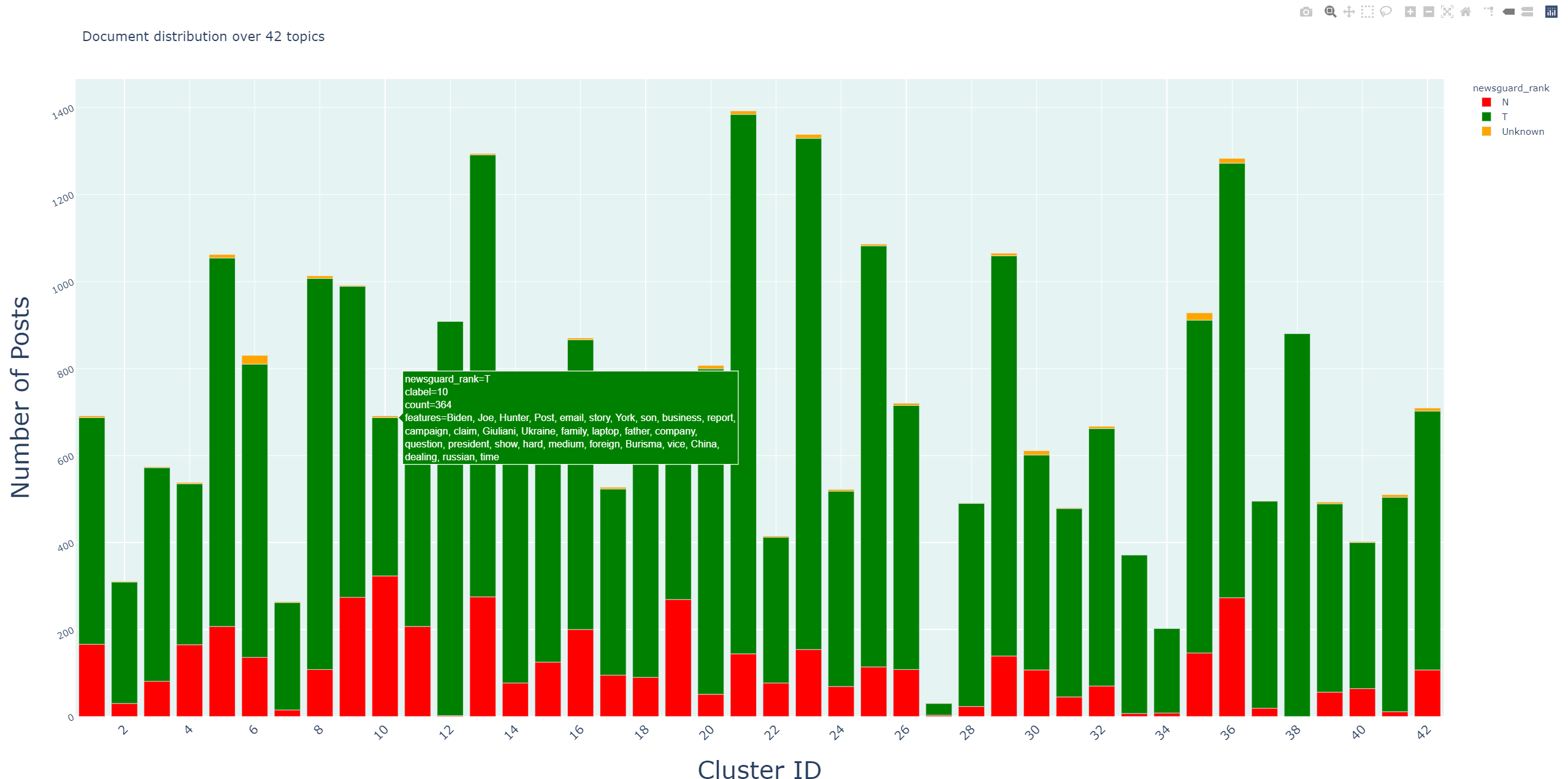
Literature and further information
Pritzkau, A.; Schade, U. (2021). Vorsicht: mögliche „Fake News“ – ein technischer Ansatz zur frühen Erkennung. In: Klimczak, P.; Zoglauer, T. (eds). Wahrheit und Fake im postfaktisch-digitalen Zeitalter. ars digitalis. Springer Vieweg, Wiesbaden.
Automatisierte Jagd nach Desinformation. Analyse-Plattform »NewsHawk®« analysiert Social Media-Beiträge. Erschienen auf InnoVisions – Das Zukunfstmagazin des Fraunhofer-Verbunds IUK-Technologie.
Winkelholz, C.; Schade, U. (2020). NewsHawk zur Lagefeststellung – Beobachten und Analysieren im öffentlichen Informationsraum. Crisis Prevention, 3/2020, 62–64.
»Our tool can be individually tailored to each client.
It is easy to use, which means that any user can find what is relevant to them quickly and in a timely manner.«
Prof. Dr. Ulrich Schade, Head of the Research Group »Information Analysis«

